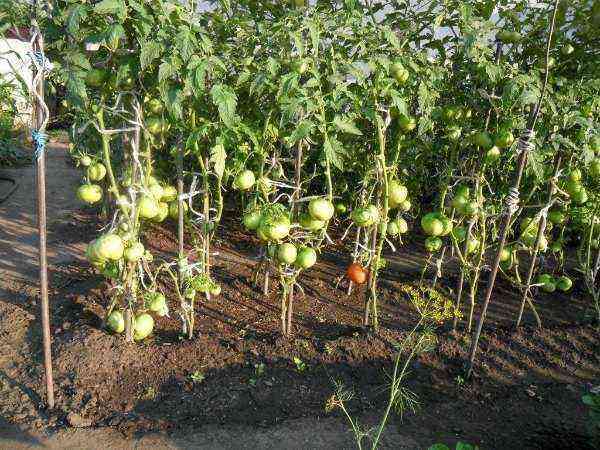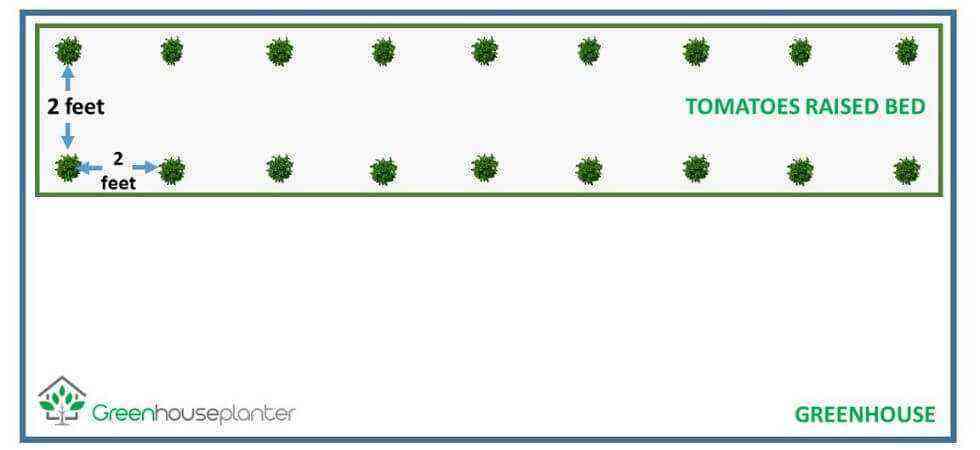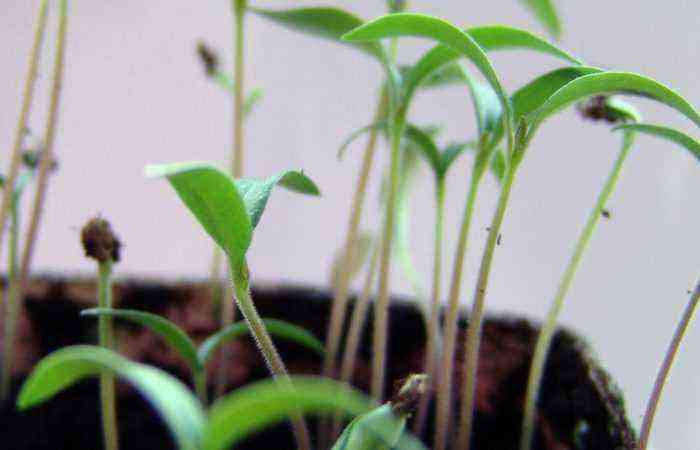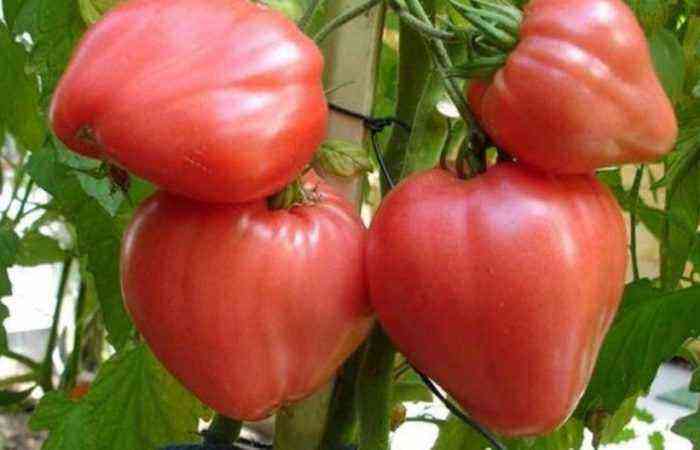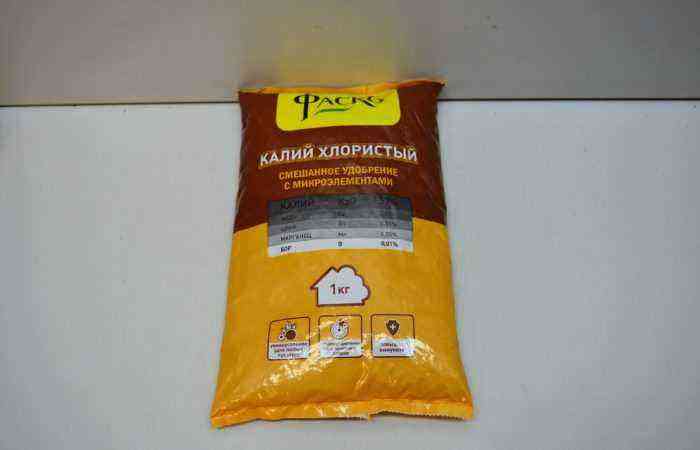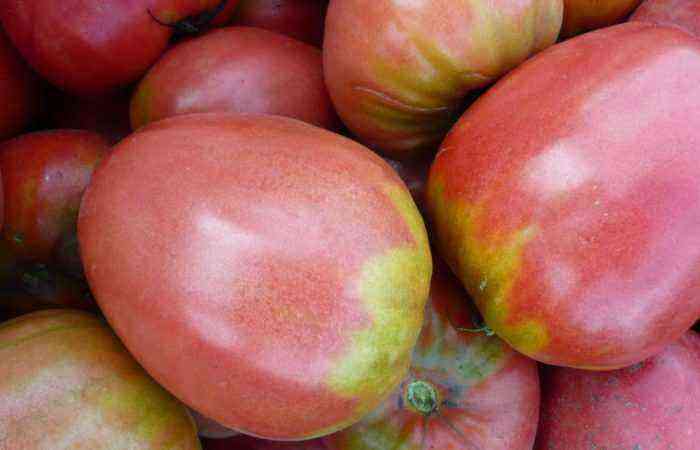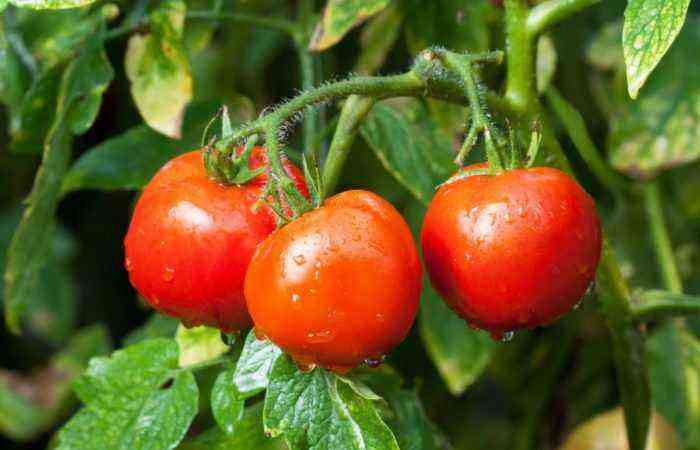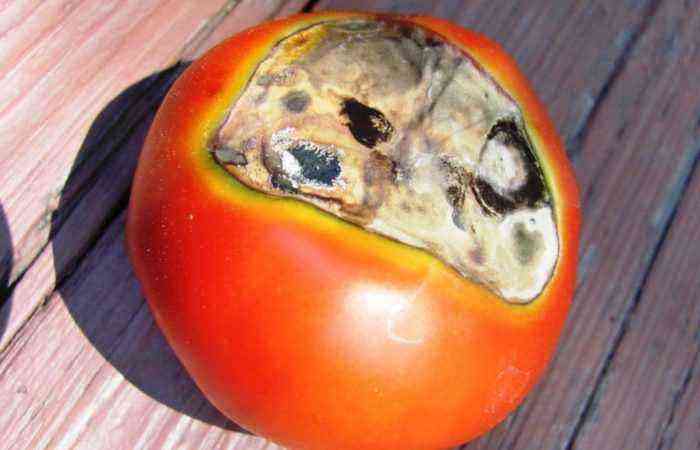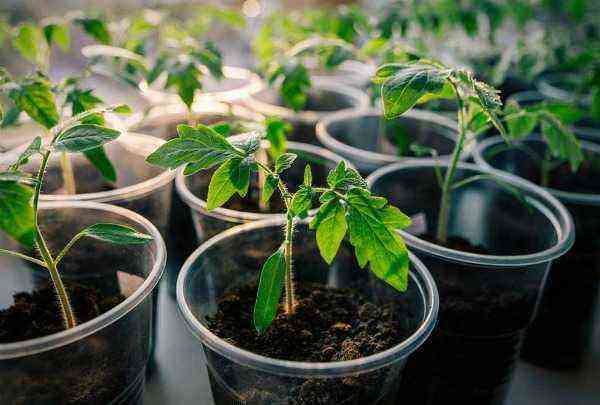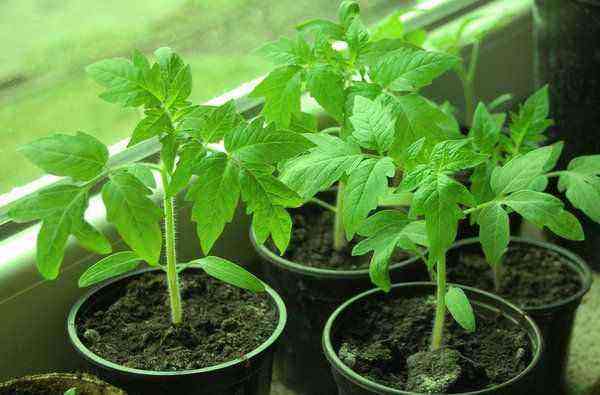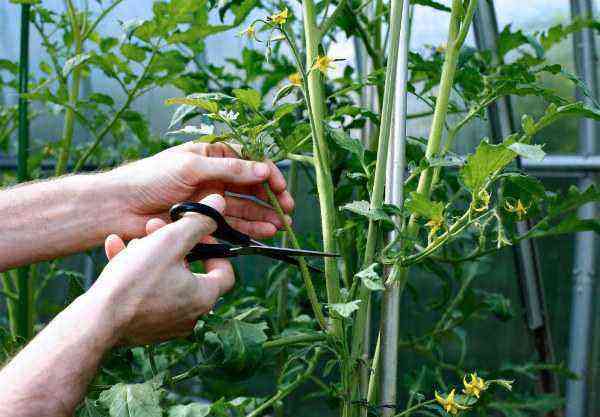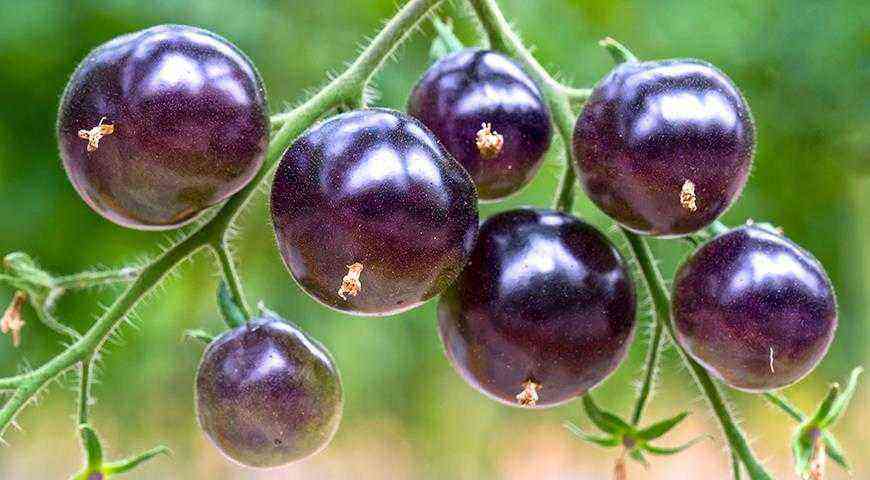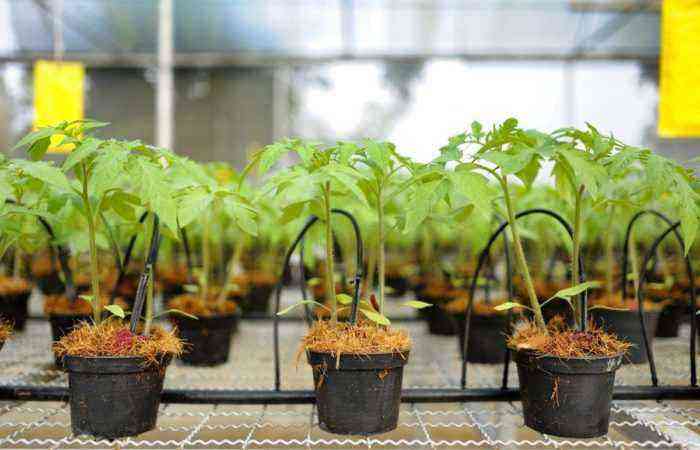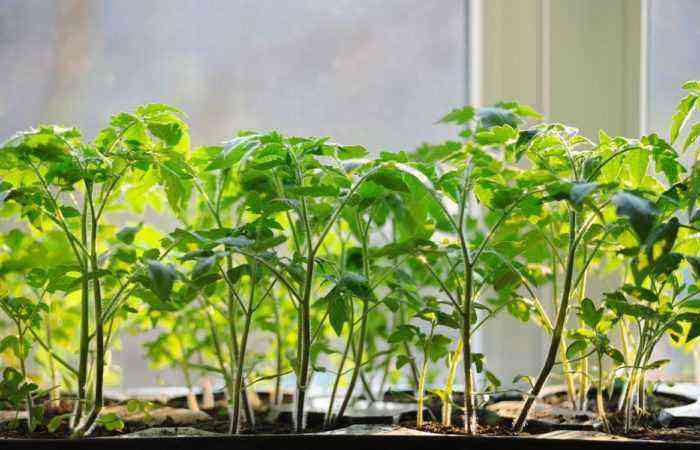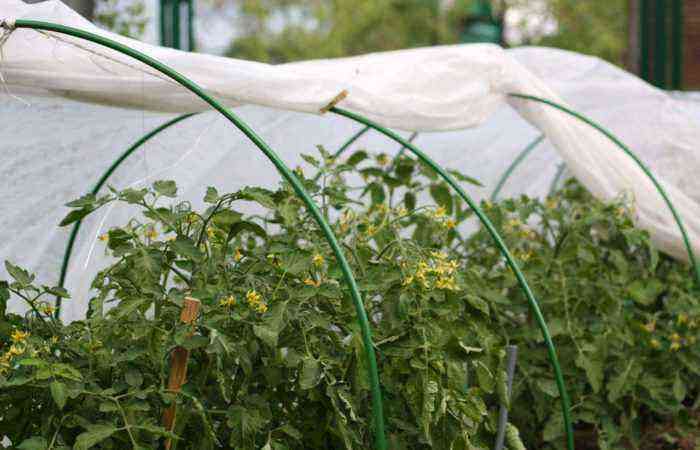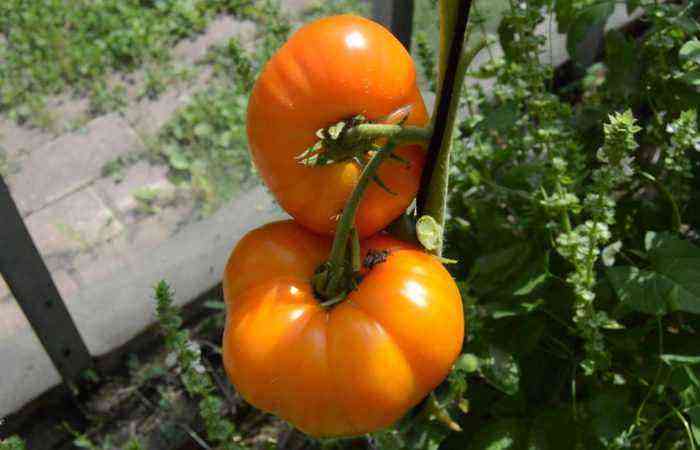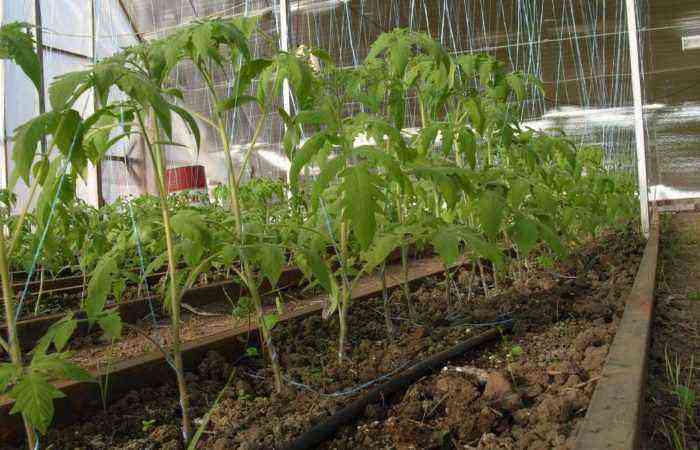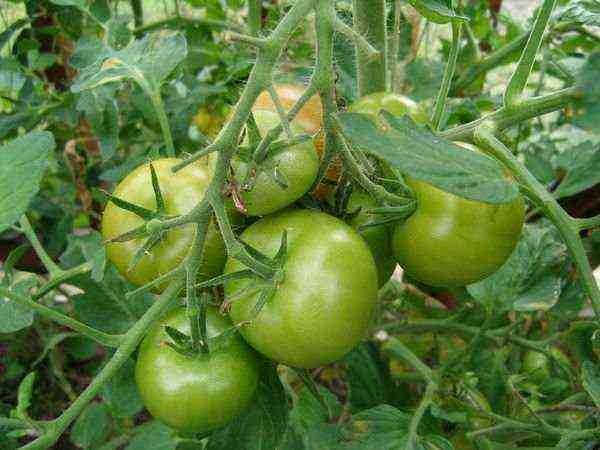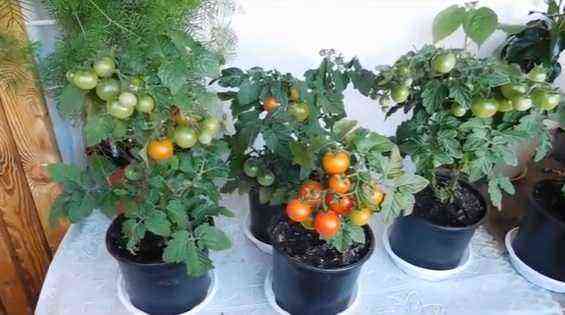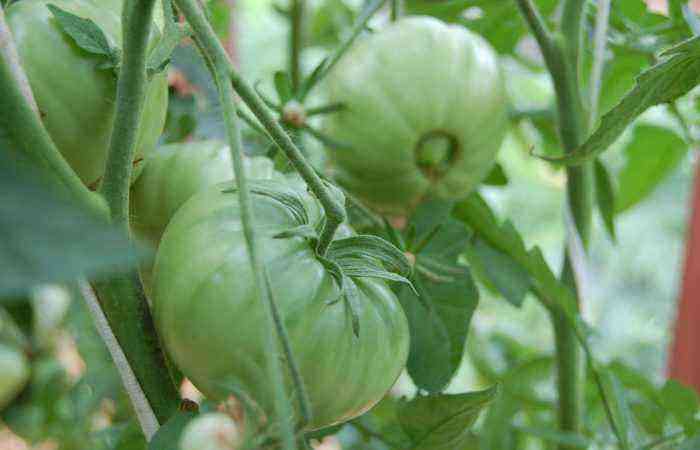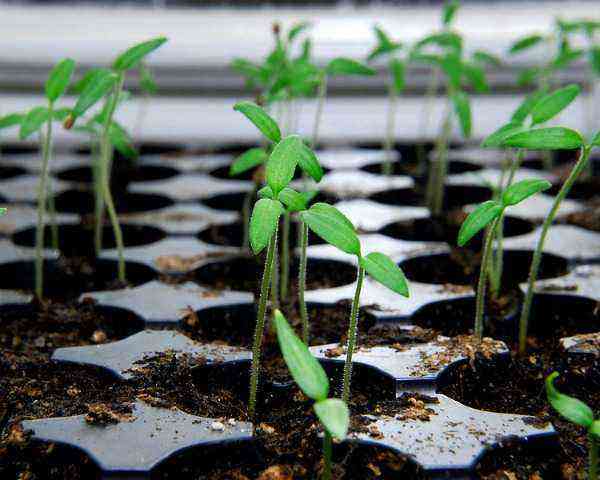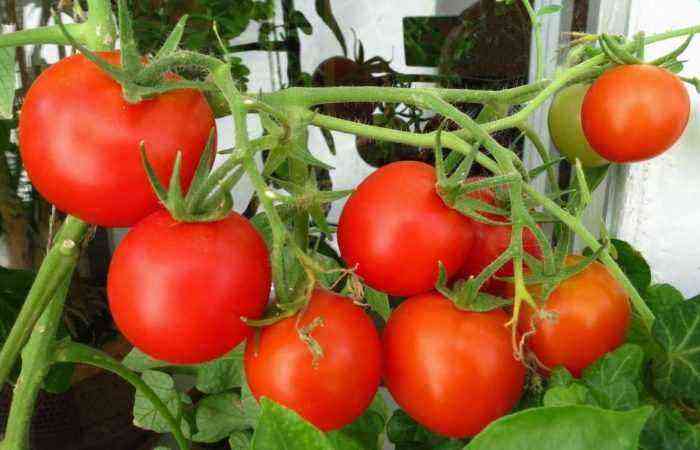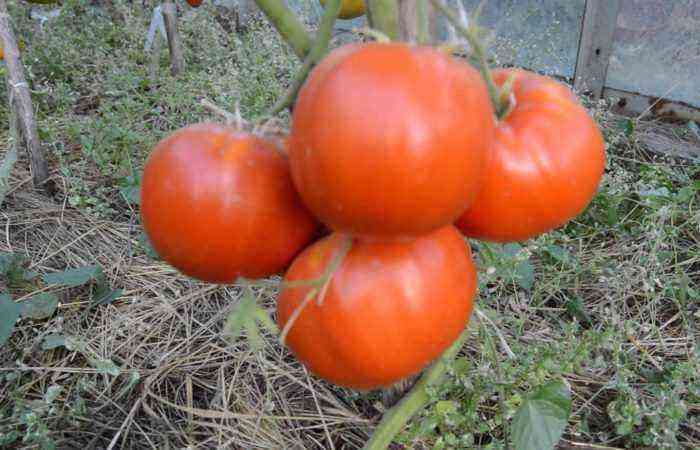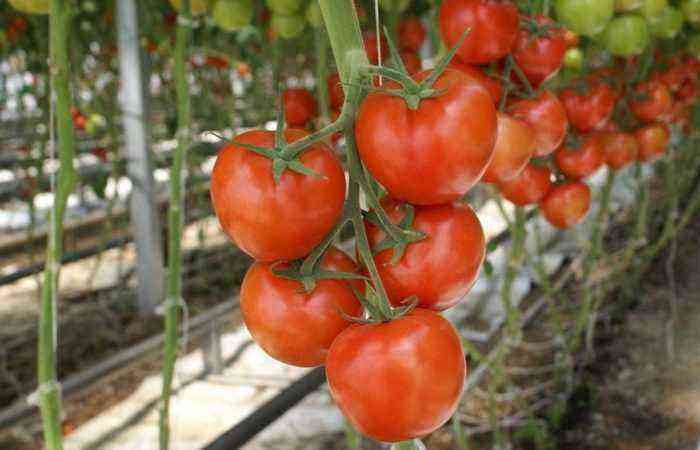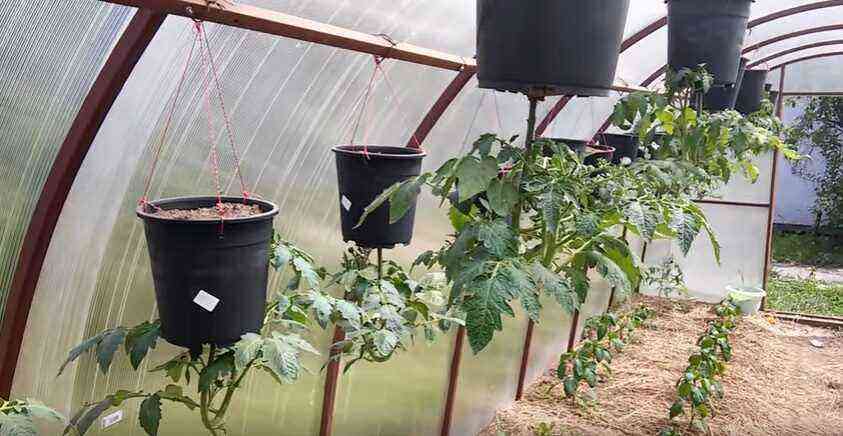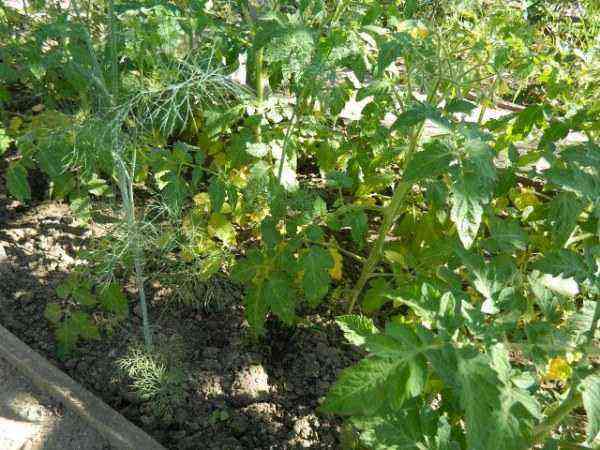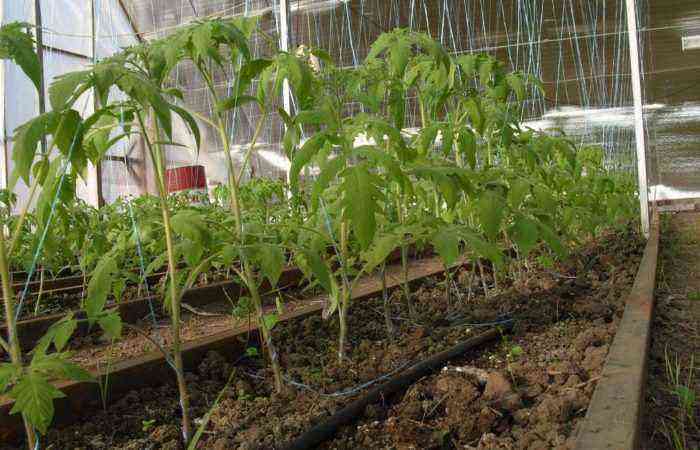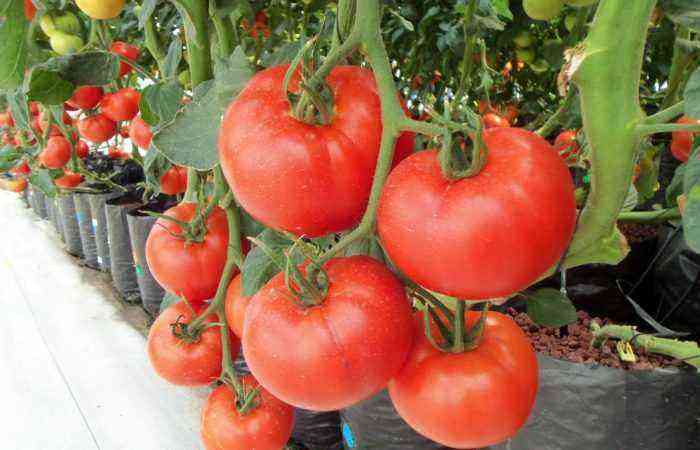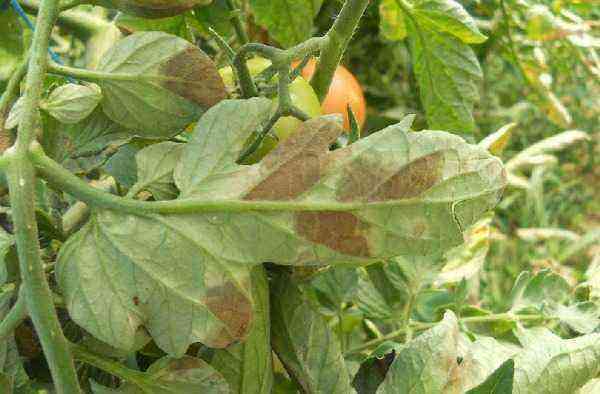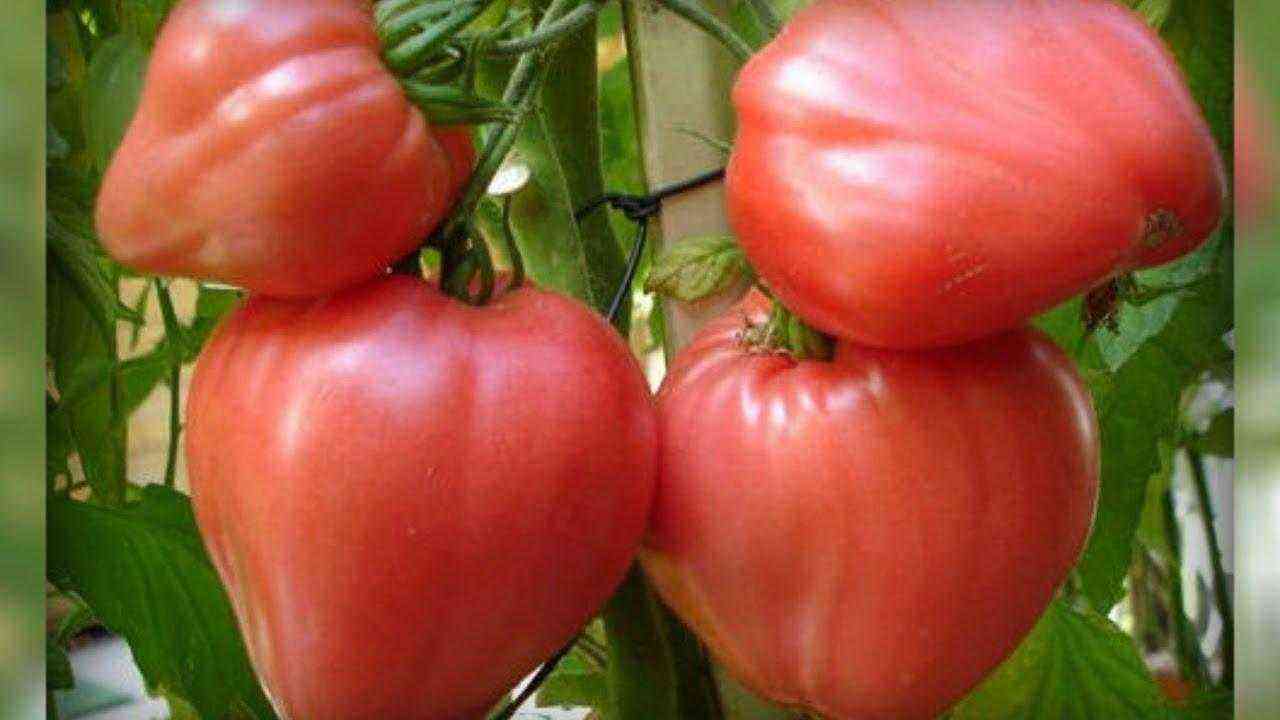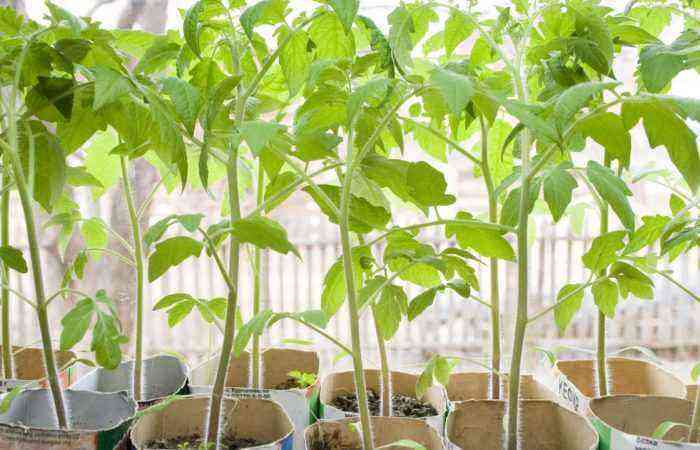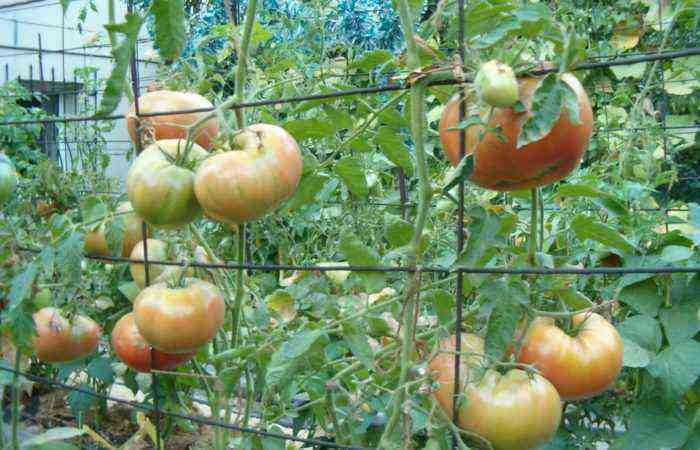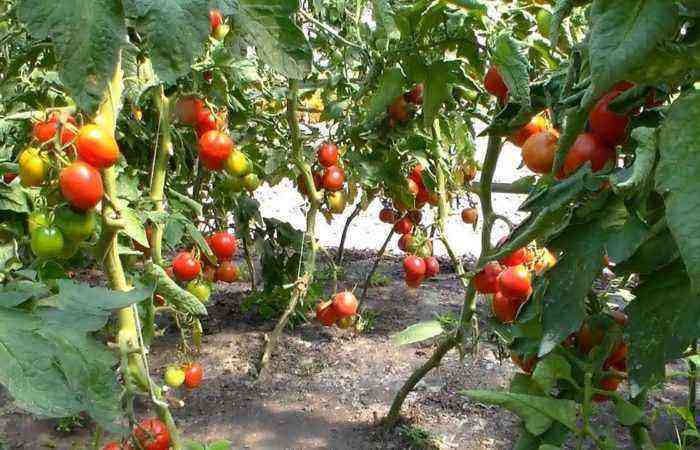The method of growing tomatoes lying down has been used by amateur vegetable growers for more than 30 years. It allows you to consistently get high yields. You can plant lying tomatoes in any climatic zone where this plant is cultivated, in greenhouses or open ground. With the right agricultural technology, 2 times more high-quality fruits can be harvested from one bush than with conventional cultivation.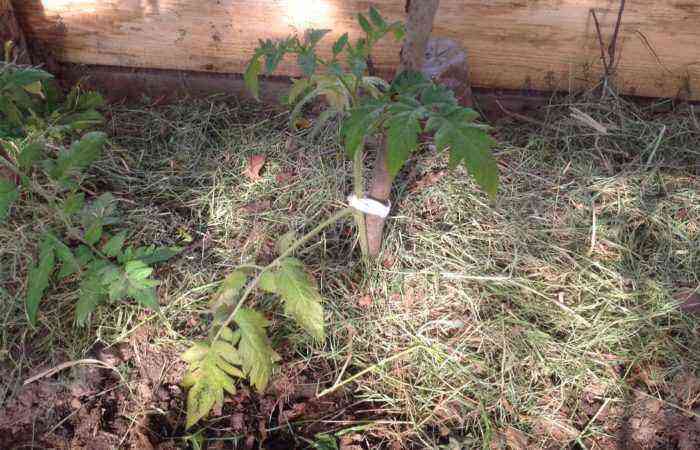
The essence of technology
The method was developed and patented by RSC Energia design engineer Igor Mikhailovich Maslov. The method immediately became widely known not only in the USSR, but also in the socialist European countries. The technology was based on 3 conclusions made on the basis of observations of tomatoes.
- Modern varieties of tomatoes have an insufficiently developed root system in order to fully provide nutrition to all the fruits that have begun on the plant.
- By nature, a tomato is a creeping plant.
- On the stem are tubercles, which form roots when in contact with the ground.
The essence of the technique is planting bushes lying in trenches, and not vertically, as has been customary for many years, so that the plants form additional roots on the stems, thereby extracting more nutrients.
This allows you to carry an additional amount of fruits that grow larger than with traditional planting.
When the main bush takes root, several side stepchildren are not removed, but added dropwise and allowed to take root. A month later, new tomatoes catch up with the mother plant and are in no way inferior to it.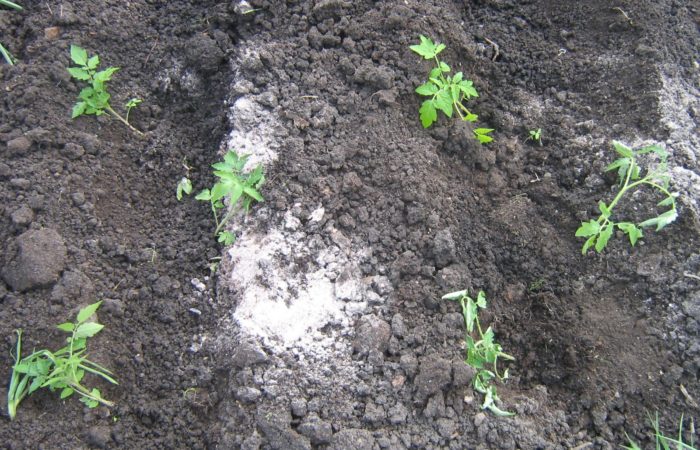
Advantages and disadvantages of the technique
The technology has received a wide response among amateur vegetable growers. Much has been written about her, spoken on the radio and on television. Gardeners were divided into supporters and opponents of the method, since it has both a lot of advantages and a number of disadvantages.
Advantages:
- The technique does not require material costs.
- The simplicity of the technology allows even the most inexperienced vegetable growers to try it.
- Saving planting material. From one seedling bush you can get 3 adult plants.
- The main advantage: the yield from 1 plant is increased by 2-3 times.
Cons of the method:
- The time a plant spends growing new roots could be spent growing and forming fruit. In this case, the main root system starts to work worse. This method is considered by the opponents of the main drawback.
- Tomatoes growing on stepchildren are placed close to the ground and ripen later than on the mother bush, therefore they are more often affected by late blight, especially in cold, wet years.
- Planting seedlings lying down requires a lot of space in the garden, it is inconvenient in greenhouses, where every piece of land is worth its weight in gold.
What varieties of tomatoes can be planted lying down?
It is best to plant indeterminate (tall and unrestricted) varieties lying down, as they are the most productive and they usually lack nutrition.
The founder of the method considered the Best and De Barao varieties to be the most suitable for horizontal planting. From these plants, he managed to collect 70 kg of fruits.
It is necessary to take varieties with a thick stem so that the plant does not break under the weight of the fruit. Determinate (undersized) varieties can also be grown in this way. For cultivation in open ground, early-ripening tomatoes are chosen, tomatoes on stepchildren are tied later than on the main bush, they need more time to ripen.
The video shows in detail how to plant tomatoes while lying in a greenhouse.
Planting tomatoes lying down
Seeds are sown 10-14 days earlier than usual. This is done in order to get seedlings with a long strong stem. It is important to observe the temperature regime so that the plant does not stretch out and the stem does not become thinner. 0,5-1 hour before planting, seedlings are watered. Landing at a permanent place includes the following steps.
- In the garden, trenches are made, 10-15 cm deep, oriented strictly from north to south, taking into account the fact that the distance between the tomatoes should be 0,8-1 m, depending on the variety.
- The furrows are covered with humus and fertile soil.
- Apply as fertilizer 1 hour. l. superphosphate and 100-150 g of wood ash.
- The grooves are plentifully but gently watered so as not to wash the fertilizer.
- From the bottom of the seedlings, which will be underground, cut off all the leaves.
- The sprout is laid in a trench with the root system to the south, the tip to the north. As the tomato grows, it will stretch towards the sun to the south, and gradually the bush will rise.
- 2/3 of the stem and root are buried with a layer of earth 10-15 cm.
- Once again, the young plant is carefully watered.
Seedlings are planted outdoors at the usual time when the threat of frost has passed. Bushes can be planted in greenhouses a little earlier than usual.
Rooting stepchildren
After planting the seedlings in a permanent place, 1-2 strong stepchildren are left on the main bush in the lower part and allowed to grow. When the mother bush has taken root, after 5-10 days they begin to root the stepchildren.
For them, holes are made with a diameter of 10-12 cm, fertile soil, ash, humus and superphosphate are laid in them. The leaves are cut off from the stepsons, bent to the holes, pinned, and covered with earth, dropping to a depth of 12 cm. Gently watered.
The stepchildren take root, begin to feed on their own, and after 30-40 days they catch up with the main bush in growth. In terms of yield, they are also almost as good as the mother plant.
Caring for tomatoes in a permanent place
Tomatoes planted lying down need the same care as in conventional cultivation. The difference is that when stepchildren are rooted, the same amount of water and fertilizer is spent on each daughter plant as on the mother bush. During the season, the following events are held.
- Abundant, but not too frequent watering at the root with simultaneous loosening and hilling of bushes. You can make a furrow irrigation system. Grooves are dug along the beds, making taps to each plant. They let water through. With this method, a crust does not form on the beds.
- The first top dressing is done 10 days after planting the seedlings in the ground and the last no later than 1,5 weeks before the start of harvesting with a solution of bird droppings (1:20) or mullein (1:10). In the interval, you can apply a weak solution of complex mineral fertilizer no more than once every 10 days. Low-growing varieties do not need such frequent top dressing.
- When planting lying down, a lot of fruits are formed, so the bushes must be tied up. A thick fishing line, wire or other durable material is stretched along the beds. On it, hooks are made of copper or aluminum wire, to which a wide tourniquet is hooked, rubber strips cut from an old bicycle tube or a bandage for tying fruits and tomato stalks. The widest strips are used to support the fruit.
- Pest control consists in the timely breaking off of diseased leaves. In case of disease, all plants are treated with Bordeaux mixture.
- The first tomatoes are picked brown to give the later fruits time to ripen.
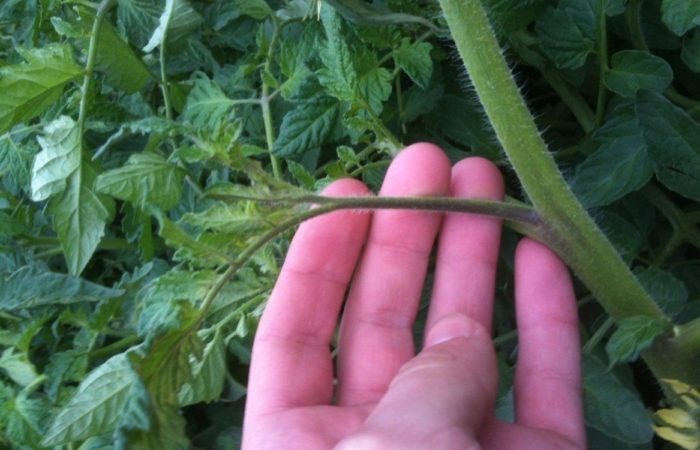
Conclusion
The lying planting method is one of the best alternative methods, producing excellent results in all types of tomato plants, both outdoors and indoors. Despite the unfounded accusations of the opponents of the technique, everyone who has used the technology at least once is convinced from personal experience that it allows you to increase yields from each plant by 2-3 times.
